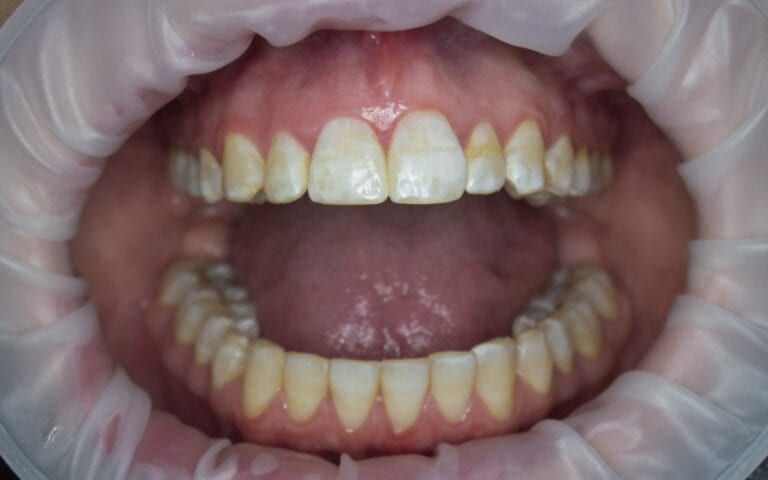Having a bright, white smile is admired and desired by many, but brown spots start to develop along the front of the teeth, making it a cause for concern. Tooth discoloration is a common experience that often comes from tea, coffee, and starchy items. Plaque can stick to the tooth’s enamel and embed itself into the grooves of the enamel, causing that brown to blackish discoloration to appear. But there are plenty of reasons why teeth start to brown, and one of the least commonly talked about reasons is dental fluorosis.
Why Too Much Fluoride is Bad For Your Teeth
Fluoride is an added mineral meant to protect our teeth from bacteria and decay, but when we have too much fluoride entering our system, our enamel can suffer the consequences. If you know about dental fluorosis, you’d know that it most often appears as white streaks along with the enamel of your teeth. In these cases, that creamy white appearance becomes blotchy, and these white spots often develop along with the bottom and mid parts of your teeth. Normally, these white spots are considered normal and can often be treated through tooth whitening procedures.
However, one thing you may not be familiar with or have known about is that dental fluorosis occurs in stages. Dentists have been rating the severity of dental fluorosis by labeling the symptoms and opaqueness of your teeth, and these stage of fluorosis include:
- Mild Fluorosis: Occasional white spots are considered a mild form of dental fluorosis, most accounting for at least 50% of the total tooth surface. In cases where fluorosis is mild and barely visible, no treatment is needed to remove these stains but can be requested.
- Moderate Fluorosis: In a moderate case of fluorosis, the opaque areas of the teeth become more prominent. In these cases, brown and even black stains can appear more prominent along with the enamel. There may also be grooves and fissures along the surface, and treatment can be used to correct these issues.
- Severe Fluorosis: In the most severe cases, dental fluorosis can impact almost all of the enamel surface, leaving behind brown and black spots with deeply pitted grooves and fissures. In these cases, restorative treatment is necessary to correct the issue.
Choosing Cosmetic Dentistry For Dental Fluorosis
Why is dental fluorosis so prominent? It most often occurs from an over-exposure to fluoride from toothpaste, drinking water, and even some nutritional products. Researchers working in the field of enamel management are always working towards new techniques for removing these stains. Still, if you believe that you may be exposed to too much fluoride, the best resources to go to is to find out what your water supply company uses for their water systems and even changing your toothpaste to help manage this condition.
Beautiful smiles contribute highly to aesthetics, but when discoloration and stains affect the way you see your smile, you should go to your cosmetic dentist for an appointment.




